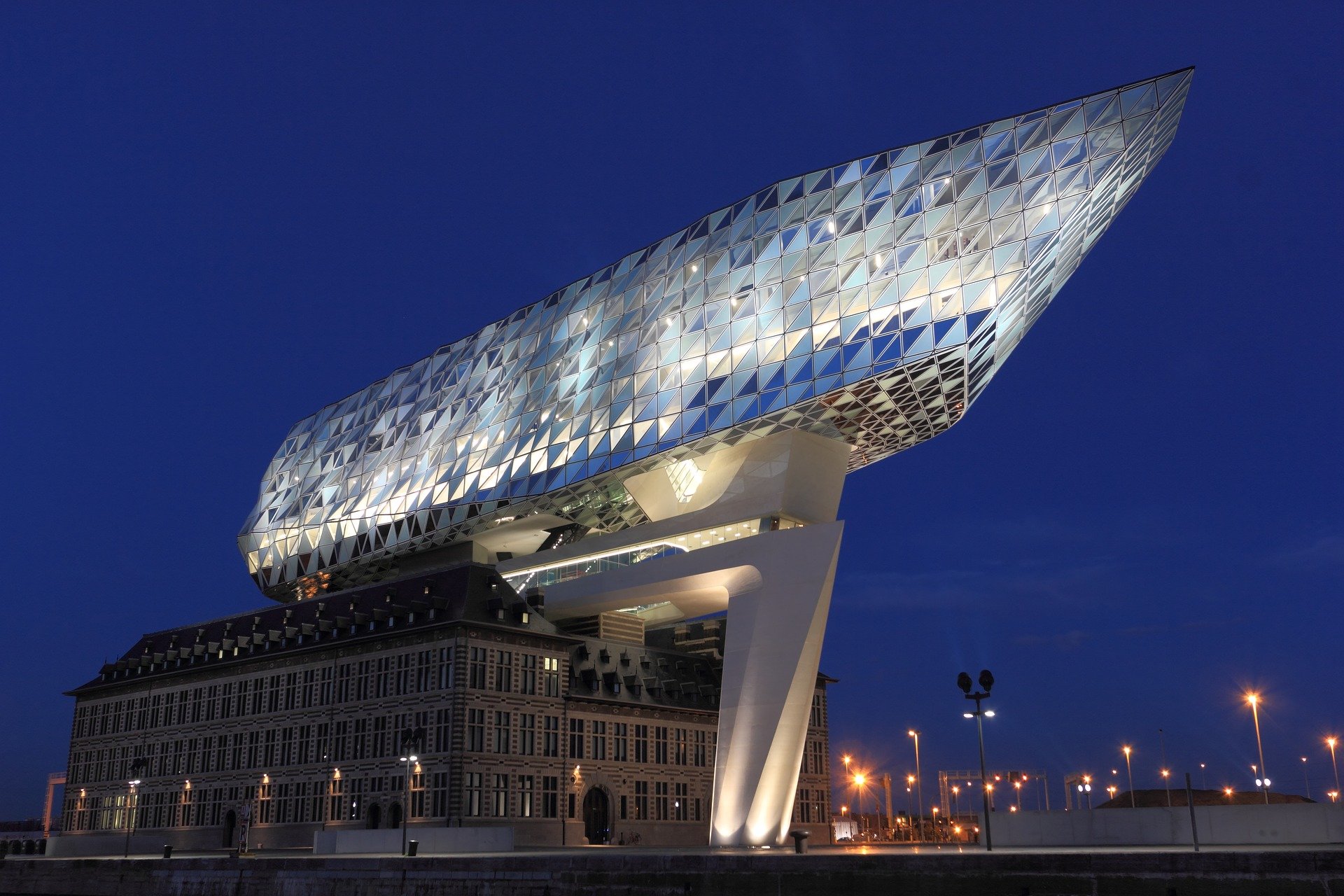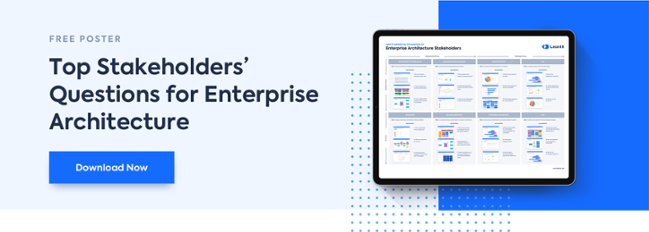
Are you getting what you’ve been promised from digital?
Forrester’s VP Research Director Matt Guarini asked audiences this basic question during his keynote address at the 2019 Digital Transformation & Innovation conference in Chicago.
By Guarini's and Forrester’s measurements, a majority of the biggest B2B companies in the world—the ones whose businesses are focused specifically on helping others innovate—are not effectively using digital technologies to disrupt markets as intended. “Good” digital offerings have somehow become equal to “Great”, he said, and the consequence is an abysmal lack of differentiation in customer experiences and advancements in productivity.
So, based on the results of a systematic evaluation by Forrester, he offered a clear explanation to what he and his colleagues refer to as “digital sameness”: attempting to solve the same problems by using the same technology partners via the same technology stacks on the same form factors.
And the direct repercussions of this "sameness"? Every company delivers, more or less, re-produced versions of similar ideas and products—thereby squandering digitalization's potential to deliver wholly unique capabilities.
“Too much of today’s digital has been about solving incremental problems. It’s the same thing we see with innovation. We’re just making incremental moves—we’re not differentiating. We’re not disrupting.”
To truly disrupt markets he recommended a new approach to digitalization as gleamed from those who actually are getting the most out of it—one dedicated to using technology in ways more unique than others. Guarini named it “technology-based innovation”, and it’s a customer-centric IT discipline that supports digitalization by embedding the following into a company's routine practices:
- Rapid experimentation with different technologies
- Learning how to deploy new services better than anyone else
- Re-imagining who your customers are and who they can be
- Pro-actively creating plans with business
LeanIX users and frequent readers of this blog will immediately see the merit in this technology-based innovation strategy—and quite likely they will also conclude that Guarini's ideas are impossible to come about unless routinely supported by Enterprise Architects using data-driven insights into IT portfolios received in real-time. To be precise, LeanIX’s Enterprise Architecture Management tool directly assists the three major concerns of digitally-forward modern business as listed by Forrester’s 2019 conference (each of which dependent on technology-driven innovation):
Forrester's Tech-Based Innovation Strategy: “Flexible Core”
Instead of building and running applications at the speed of your IT team, Guarini spoke about using technologies like Cloud to create services in lockstep with customer needs. As it does for many of its 180+ clients, LeanIX offers Enterprise Architects a platform for managing the transition into the cloud.
Forrester's Tech-Based Innovation Strategy: “Emerging Technology”
“Internally or externally, you need to move from curve to curve of technologies to become so good at experimentation that you can build and imagine customer futures,” said Guarini. And with LeanIX, you can perform risk assessments on any desirable technology while re-organizing and updating IT landscapes accordingly to avoid redundancy. Not to mention also generating enterprise-specific design principles to wed your considerations to inarguable business standards.
Further resources:
“The Beauty of Choice: Configuration and Application Portfolio Management With LeanIX”
“Curing IT Complexity With modern EA Management: A Customer’s Journey”
“Updating IT Portfolios With Enterprise Architecture Management and LeanIX”
Forrester's Tech-Based Innovation Strategy: “Future of Work”
Guarini discussed that Forrester research shows the primary indicator of a company’s success to be its relationship towards innovation—or, more precisely, the very habits and ways in which people work with technology. LeanIX is a collaboration-based Enterprise Architecture tool designed, bottom-up, to update traditional perspectives on IT management by distributing (or “democratizing”) architectural efforts. In particular, it aims to demonstrate to personnel across all technology and business divisions the value of real-time analytics.
Further resources:
“How to Promote Collaboration: An In-Depth Guide to Succeeding with Enterprise Architecture”
"The Definitive Guide to Digital Transformation with Enterprise Architecture"





